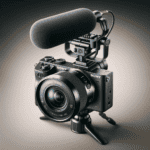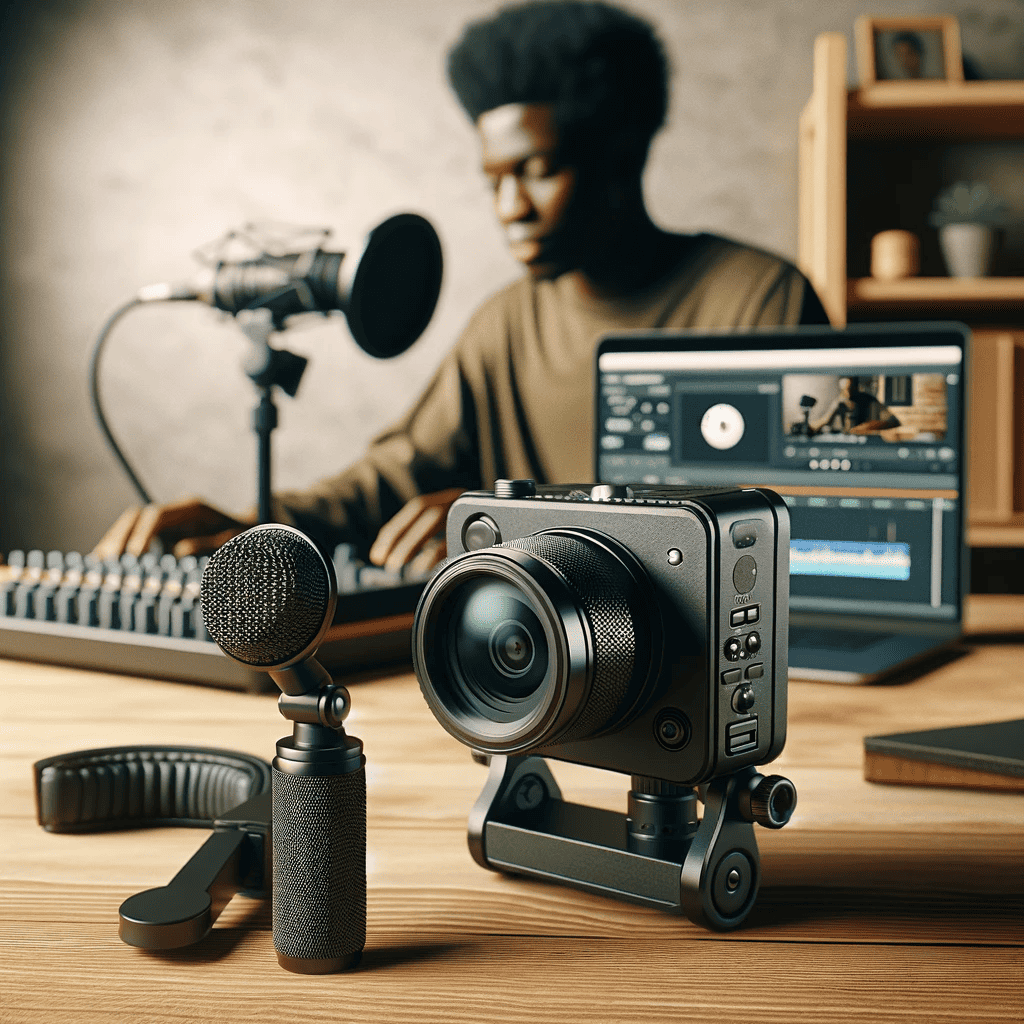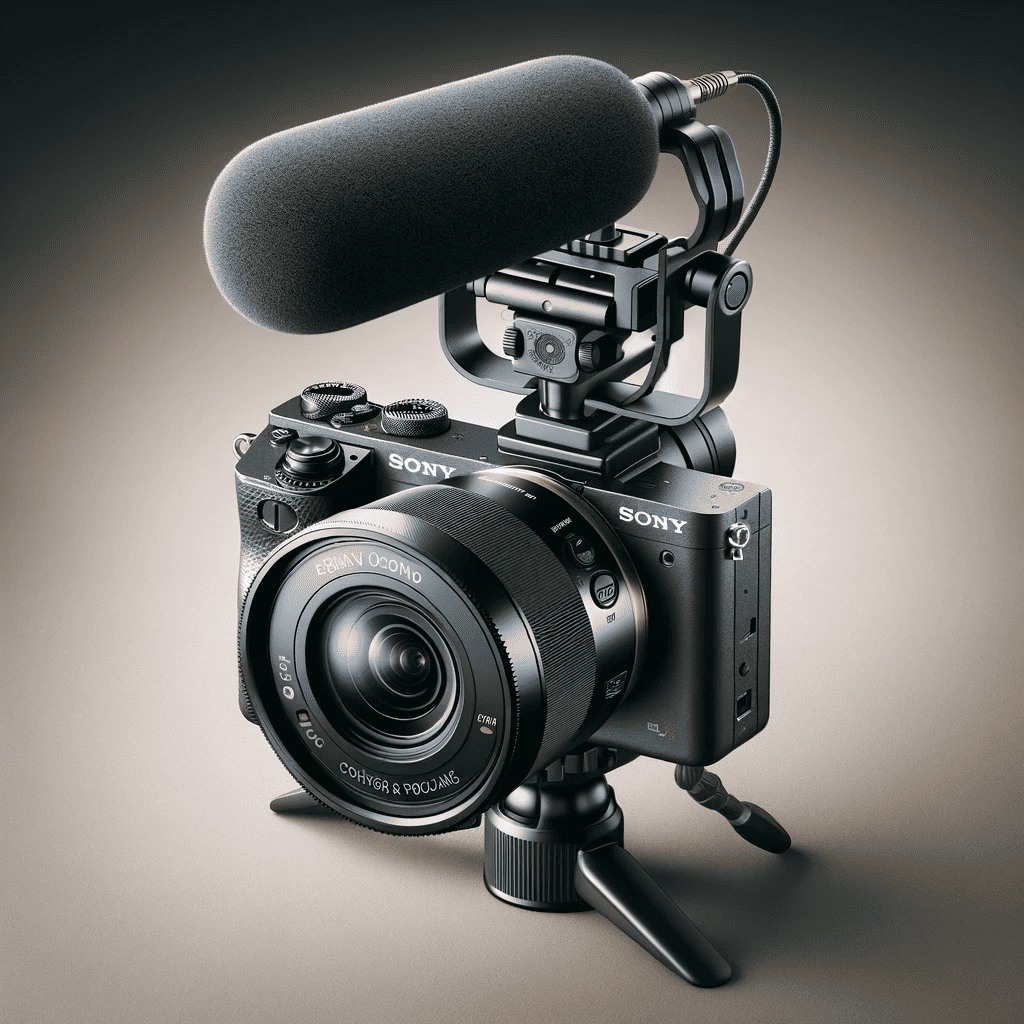Introduction
Instant cameras have captivated photography enthusiasts and nostalgic individuals alike with their unique ability to produce tangible photographs within seconds. These compact cameras, also known as Polaroid cameras, allow users to instantly capture and print images without the need for external processing or editing.
They have become iconic symbols of creativity and spontaneity in a world dominated by digital photography. However, like any technology, instant cameras are not without their drawbacks.
Definition of Instant Cameras
An instant camera is a type of camera that uses self-developing film to create physical prints immediately after capturing an image. Unlike traditional film or digital cameras, where images must be developed or transferred before they can be viewed in print or on a screen, instant cameras provide the convenience of instantaneous gratification.
The process begins when a user takes a photo using the camera’s built-in lens and shutter mechanism. The camera then ejects a sheet of special film that contains all the necessary chemicals for development within its layers.
The film gradually undergoes chemical reactions triggered by light exposure, resulting in a visible image on the surface. This unique combination of photography and printing technology allows users to witness their captured memories come to life right before their eyes.
Brief History and Popularity of Instant Cameras
The concept of instant photography was pioneered by Edwin Land, who founded the Polaroid Corporation in 1937. Land’s vision was realized with the release of the world’s first commercially successful instant camera in 1948 – the Polaroid Model 95 Land Camera.
The convenience and novelty offered by these cameras quickly garnered popularity among amateur photographers, professionals seeking immediate feedback on their shots, and even casual users looking for fun at social gatherings.
Instant cameras became particularly beloved during the 1970s and 1980s when they reached peak popularity among consumers. Despite the rise of digital cameras and smartphones in recent years, instant cameras have experienced a notable resurgence in popularity.
This revival can be attributed to a growing appetite for tangible, physical prints in an increasingly digital world. The charm and tactile nature of instant photography have become appealing traits that allow individuals to create and hold onto cherished memories with a personal touch.
Limited control over settings
The Constraints of Instant Cameras – Lack of Manual Controls

Instant cameras, while charming and nostalgic, come with a notable drawback – limited control over settings. Unlike their digital counterparts or DSLRs, instant cameras lack manual controls for exposure, focus, and aperture.
This absence of control can be frustrating for photography enthusiasts who prefer to have full creative authority over their shots. Without the ability to adjust exposure settings manually, instant camera users must rely solely on the camera’s built-in light meter.
This limitation can lead to underexposed or overexposed photos in challenging lighting conditions. In situations where the lighting is dynamic or requires specific adjustments, such as low-light environments or high-contrast scenes, instant cameras simply do not offer the flexibility that more advanced cameras provide.
Moreover, the absence of manual focusing can be a significant drawback for those seeking sharp and precise images. Instant cameras typically come with fixed focal length lenses that do not allow users to adjust focus manually.
As a result, capturing subjects at varying distances accurately becomes an arduous task. While this limitation adds a spontaneous quality to photos by embracing imperfections and unpredictability, it may leave some photographers longing for more control and precision in their compositions.
Prints Galore – Costly Film and Printing Expenses

One cannot discuss the disadvantages of instant cameras without addressing the significant financial implications they entail: costly film and printing expenses. Compared to digital photography where images are captured electronically and stored effortlessly on memory cards or hard drives without any additional cost per shot taken, using an instant camera requires purchasing film packs separately. Prints from instant cameras are undoubtedly charming keepsakes that allow you to hold tangible memories in your hands; however, they come at a price – both literally and figuratively.
The price per print for instant film is generally higher than what one might spend on printing digital photos. This higher cost per print can accumulate rapidly, especially for avid photographers who desire to capture numerous moments on film.
Furthermore, the limited number of shots per film pack can lead to additional costs and inconvenience. Unlike digital photography, where one can take hundreds of photos on a single memory card, instant cameras offer a limited number of exposures per pack.
Once the film is used up, it needs to be replaced with a new pack, resulting in ongoing expenses that may not be ideal for those on a budget or looking for more affordable options. While instant camera enthusiasts argue that the tangible prints and unique qualities of instant film make up for the costs incurred, it is essential to consider these financial limitations before diving into this retro trend.
Inconvenience and Limitations in Usage
Instant cameras, while beloved for their nostalgic appeal, come with certain inconveniences and limitations that can affect the overall user experience. One major drawback is the limited storage capacity these cameras offer.
Unlike digital cameras or smartphones that can store hundreds or even thousands of photos, instant cameras can only accommodate a small number of shots on a single camera. This means that users need to carefully choose their moments to capture, as they cannot recklessly snap multiple photos like they would with a digital device.
In addition to limited storage capacity, instant cameras also require physical storage space for printed photos. Unlike digital images that can be easily shared online or stored in cloud-based platforms, physical prints require tangible space to be stored.
This poses a challenge when it comes to organizing and preserving the printed photographs. Without proper organization and care, these physical prints are susceptible to damage or loss due to mishandling or environmental factors.
Waiting Time for Photo Development
One of the most distinct characteristics of instant cameras is the waiting time required for photo development after capturing an image. Unlike digital photography where images are instantly viewable on screens, with instant cameras you have no immediate access to your shot. After pressing the shutter button, one must wait patiently as the photo gradually appears on the film paper inside the camera.
This waiting period can vary depending on factors such as lighting conditions and film type but typically takes several minutes before you can fully enjoy your printed photo. While this anticipation adds an element of excitement and surprise, it does limit spontaneity as instant camera users cannot immediately review or reshoot their images if they find them unsatisfactory.
Environmental Impact
Waste Generation from Disposable Components
The allure of instant photography may be undeniable, but it comes at a cost to the environment. One significant environmental concern is the waste generated by disposable components of instant cameras.
The film cartridges used in these cameras are typically non-recyclable, ending up in landfills and contributing to ever-growing waste management challenges. While some efforts have been made to develop eco-friendly alternatives, the majority of instant film cartridges remain non-biodegradable and harmful to the environment.
Another component adding to the environmental burden is the use of single-use batteries in instant cameras. These batteries often end up as electronic waste since they cannot be easily recycled or reused like rechargeable batteries.
As a result, hazardous materials such as heavy metals (e.g., mercury and cadmium) find their way into landfills or are released into the environment through improper disposal practices. This not only poses risks to human health but also contributes to pollution and ecological imbalances.
Chemicals Used in Film Development Process

Beyond the issue of disposable components, another environmental concern associated with instant cameras lies in the chemicals used during film development. Traditional instant films contain harmful substances like silver halides and dyes that aid in image formation. Although these chemicals play a crucial role in capturing images instantly, they have detrimental effects on both human health and ecosystems.
Silver halides are commonly used as light-sensitive compounds in instant film development, but their disposal poses significant challenges due to their toxicity. Improper disposal methods can lead to leaching of silver ions into water bodies, causing water pollution and harming aquatic life.
Furthermore, many dyes employed for color reproduction in instant films contain harmful components that can persist in the environment for an extended period if not correctly managed. Given these concerns surrounding chemical usage and disposal practices associated with instant cameras, it becomes imperative for manufacturers and users to explore alternative solutions that prioritize environmental sustainability without compromising the unique appeal of instant photography.
Conclusion
Recap of the Disadvantages Discussed
In this article, we have explored the various disadvantages of instant cameras. Firstly, we discussed how these cameras offer limited control over settings, as they lack manual controls for exposure, focus, and aperture. This limitation can make it challenging for photographers to achieve their desired artistic outcomes or adapt to different lighting conditions.
Secondly, we highlighted the costly nature of instant photography due to high film and printing expenses. The price per print is relatively high compared to digital photography, and the limited number of shots per film pack can quickly add up in terms of additional costs.
Additionally, we noted that instant cameras suffer from limited image quality and resolution when compared to digital cameras or DSLRs. The smaller film size results in grainy images with less detail and sharpness.
Acknowledgment of Unique Appeal Despite Drawbacks
While it is important to understand the disadvantages associated with instant cameras, it is equally crucial to acknowledge their unique appeal which has enabled them to maintain a dedicated following over the years. Instant cameras offer a nostalgic charm that cannot be replicated by digital devices.
The tangible nature of printed photos provides a physical keepsake that holds sentimental value for many individuals. Moreover, the immediate gratification of seeing a developed photo instantly is an experience that often brings joy and excitement.
Suggestions for Alternative Options or Improvements in Instant Camera Technology

As technology continues to evolve rapidly, so does the world of instant photography. Manufacturers have recognized certain limitations and are constantly working towards improving these aspects while retaining the inherent charm of instant photography.
One suggestion would be enhancing manual control options on instant cameras by incorporating adjustable exposure settings or aperture control mechanisms without compromising simplicity. Another recommendation would involve exploring alternative printing options for instant photos such as incorporating wireless connectivity or developing portable printers that can directly connect with smartphones or digital cameras.
This would expand the versatility and convenience of instant photography, allowing users to print their favorite digital images instantly while enjoying the distinctive appeal of instant film. Despite the disadvantages discussed, instant cameras continue to hold a special place in the hearts of photography enthusiasts.
The unique experience they offer, along with their tangible and immediate prints, create a sense of nostalgia that cannot be replicated. While improvements can still be made in terms of control over settings and image quality, advancements in technology are gradually addressing these limitations.
As we look towards the future, it is exciting to imagine how instant camera technology will evolve while preserving its timeless charm. So grab your favorite instant camera and embark on a journey filled with unexpected joys and captivating memories.









